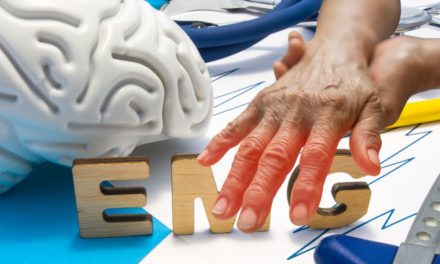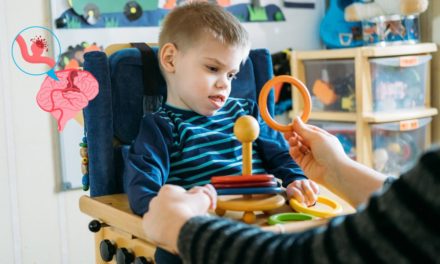Introduction
Speech and language disorders are conditions that affect an individual’s ability to communicate effectively. These disorders can have a significant impact on various aspects of life, including social interactions, education, and emotional well-being. In this article, we will provide a comprehensive overview of speech and language disorders, including their types, potential causes, impact on individuals, and strategies for effective treatment and support. By fostering awareness and understanding, we aim to promote inclusive communication and empower individuals with speech and language disorders to express themselves confidently.
Understanding Speech & Language Disorders
Speech and language disorders encompass a range of conditions that affect the production, comprehension, and expression of spoken and written language.
Types of Speech & Language Disorders
- Articulation Disorders: Difficulties in forming sounds and pronouncing words correctly.
- Language Disorders: Challenges in understanding and using language, which may involve grammar, vocabulary, and comprehension.
- Fluency Disorders: Interruptions in the natural flow of speech, often characterized by stuttering.
- Voice Disorders: Abnormalities in pitch, volume, or quality of the voice.
Potential Causes of Speech & Language Disorders
Speech and language disorders can be caused by various factors, including:
- Genetic predisposition
- Brain injuries or neurological conditions
- Hearing loss or impairment
- Developmental factors
- Environmental factors, such as lack of exposure to language
Impact on Individuals
Speech and language disorders can impact an individual’s self-esteem, academic progress, and social interactions. Timely intervention and support are crucial to mitigate these challenges.
Strategies for Effective Treatment and Support
- Speech Therapy: Speech-language pathologists (SLPs) provide specialized therapy to address speech and language challenges.
- Early Intervention: Early identification and intervention during childhood can significantly improve outcomes.
- Augmentative and Alternative Communication (AAC): AAC devices and strategies, such as sign language or communication boards, can assist individuals with severe communication difficulties.
- Parent and Caregiver Involvement: Involving parents and caregivers in therapy and communication strategies can enhance progress.
- Creating a Supportive Environment: Cultivating understanding and patience in social and educational settings is essential for individuals with speech and language disorders.
Overcoming Stigma
Reducing stigma around speech and language disorders is crucial for creating a more inclusive and compassionate society.
Embracing Diverse Communication Styles
Recognizing and respecting diverse communication styles, including non-verbal communication, contributes to more effective interactions.
Seeking Professional Help
If an individual experiences persistent speech and language difficulties, consulting a speech-language pathologist or healthcare professional is recommended.
Conclusion
Speech and language disorders can present significant challenges, but with the right support and interventions, individuals can overcome obstacles and achieve effective communication. By recognizing the types, understanding potential causes, and advocating for appropriate treatment approaches, we can create a more inclusive and supportive environment for individuals with speech and language disorders. Through early intervention, speech therapy, and embracing diverse communication styles, we can empower individuals to express themselves confidently and connect with the world around them.










